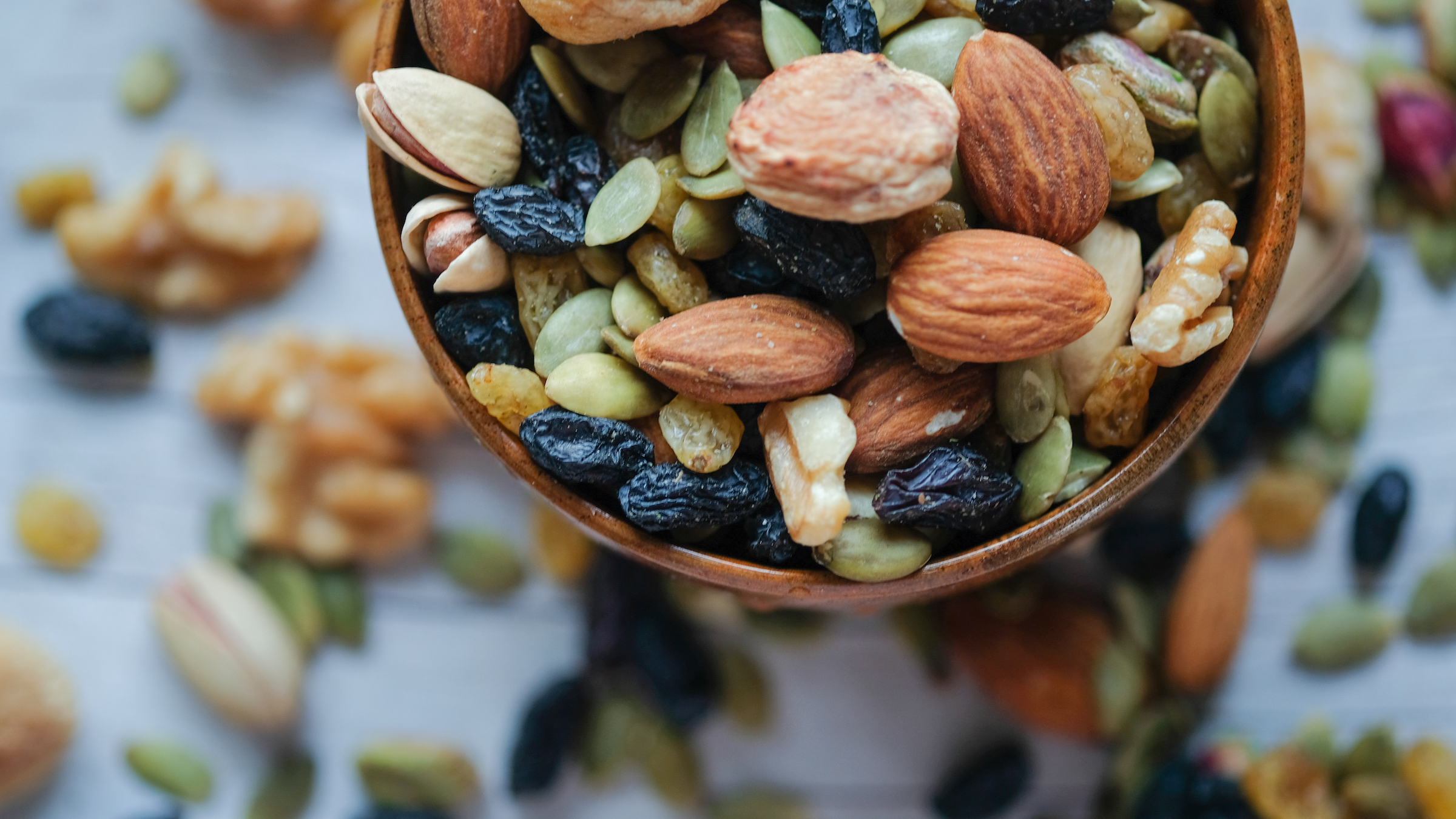'Brazil nut puzzle' cracked by researchers
Scientists finally show how the biggest nuts rise to the top.

Scientists have finally cracked one of physics' nuttiest mysteries: Why do Brazil nuts always find their way to the top of the bag?
If you've ever dipped a hand into a packet of mixed nuts, you may have noticed that you always find the largest nuts, such as Brazil nuts, at the top. The same goes for the bigger items in cereal boxes — particles of varying dimensions tend to separate by size, with larger items working their way up to the top.
But now, with the use of time-lapse 3D imagery and some serious packet jostling, scientists have finally shown how the "Brazil nut effect" works.
Related: Why aren't peanuts, pecans and almonds real nuts?
By shaking a mixture of peanuts and Brazil nuts, with the Brazil nuts placed at the bottom, and taking a 3D X-ray scan after each shake, the scientists discovered the forces behind the Brazil nuts' inevitable rise.
The secret, they say, is in the larger nuts' orientation.
"Critically, the orientation of the Brazil nut is key to its upward movement," lead study author Parmesh Gajjar, a research associate at the University of Manchester in England, said in a statement. "The Brazil nuts initially start horizontal but do not start to rise until they have first rotated sufficiently towards the vertical axis." Smaller nuts jostle against the sides of bigger ones, making it increasingly likely that the big ones will turn.
Get the world’s most fascinating discoveries delivered straight to your inbox.
Once the Brazil nuts point upward — after about 50 packet shakes, according to the study — more space is freed for smaller nuts to fall down their sides with successive shakes. The subsequent downward flow of smaller nuts forces the bigger ones up.
So, by the time a typical packet of mixed nuts arrives on grocery store shelves, it has been jostled enough to have all of its bigger contents right at the top.
The finding has applications beyond nuts, though. The results could prove helpful in a wide range of industries.
"This will allow us to better design industrial equipment to minimize size segregation, thus leading to more uniform mixtures," Gajjar said. "This is critical to many industries — for instance, ensuring an even distribution of active ingredients in medicinal tablets, but also in food processing, mining and construction."
The researchers published their findings April 19 in the journal Scientific Reports.
Originally published on Live Science.

Ben Turner is a U.K. based staff writer at Live Science. He covers physics and astronomy, among other topics like tech and climate change. He graduated from University College London with a degree in particle physics before training as a journalist. When he's not writing, Ben enjoys reading literature, playing the guitar and embarrassing himself with chess.
